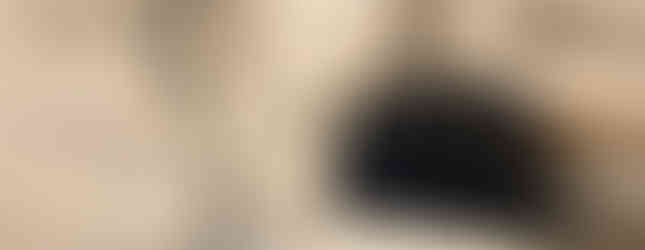A Visit to RUFA
- Suzie Castello
- Oct 8
- 3 min read
Founded in 1998, the Accademia Belle Arti Roma, or RUFA offers
Bachelors degrees
Masters degrees
a Foundation Course
short courses
a Creative Summer Laboratory for students 18+
a Summer Camp for high school students 16+
All courses are taught in Italian, and many are also taught in English as the majority of their 1400 students are international.
In September, I visited two of RUFA's four campuses. The Ostiense campus is dedicated to creative media production including cinema, set design, photography, multimedia arts and design, game design, and sustainable fashion design. The San Lorenzo campus is home to extensive spaces for visual arts ateliers, computer animation and visual effects, and the RUFA Lab. I did not have the opportunity to visit the Trieste campus in Rome which dedicated to graphic design, comics and illustration, nor the new campus in Milan where students pursue courses in graphic design, comics and illustration, and cinema.
What the RUFA campuses have in common is their participation in a broader creative movement that has transformed once-industrial areas of the 20th century into vibrant hubs of the contemporary creative economy.
Once a carpentry shop, and then famed disco of the 1970s, the Ostiense campus has been transformed into light-filled creative spaces. Its 6000 square meters include classrooms, studio spaces and a cantina. It has the feeling of a film studio. The space was renovated with sustainability in mind. It is powered by green energy and offers charging stations for electric vehicles. Open air spaces are used for performances and exhibitions.
The San Lorenzo campus, once a pasta factory, now houses numerous ateliers dedicated to a variety of media including painting, sculpture, printmaking, ceramics, and design. The building is a buzz with creative energy and invites a convergence of ideas across media. It is also the home to many exhibition spaces, the RUFA Lab where students are encouraged to experiment the intersection of art and technology in the digital manufacturing workshop, and implement new tools for creative production, including 3D printers, milling machines and laser cutters. The San Lorenzo campus also has many spaces for students to collaborate and meet up, including a multi-purpose terrace, and a mini soccer pitch.
RUFA's academic programs offer students ways to grow their craft and creativity, but also train them how to be successful creative professionals. Professors and lecturers are all professionals in their respective creative industries.
RUFA's Career Services team supports students to find internships and holds a Career Day inviting companies to visit campus to interact with students and their work. This support continues after graduation through alumni exhibitions and outreach. RUFA does not have their own residences, but helps students find accommodation through third party service providers like Social Hub.
Admission for international students to the Bachelor of Arts programs involves an admission test and a motivational interview. Some courses also require a practical skills assessment, such as a free hand drawing test. Students must also provide documentation including their high school transcript and proof of language proficiency appropriate to their course for which they are applying. There are several application rounds, the first deadline is in January.
Course fees vary by discipline and citizenship. Scholarships are available for international students evaluated by talent and need.
If you would like to learn more about my visit to RUFA, and how to apply, please get in touch.


































Comments